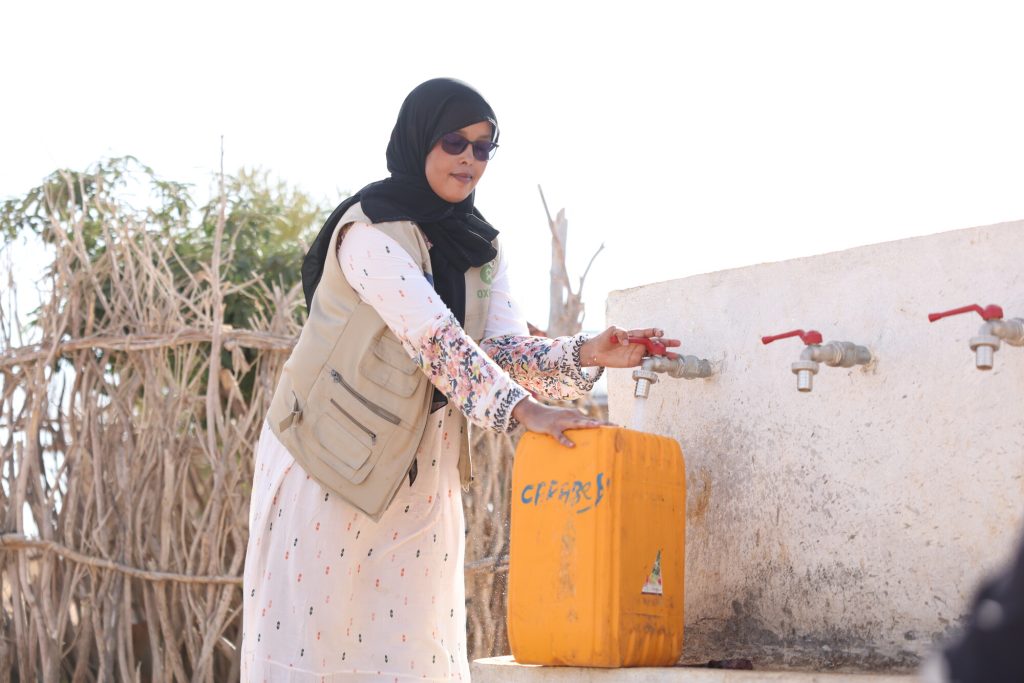Five Things to Know about Safe and Unsafe Abortion
Our readers have great interest in reproductive rights as this feature on access to abortion in the Philippines and Canada has been one of our top reads since its publication in 2019. However, many misconceptions about this healthcare procedure exist, so we present five facts everyone should know to be better informed.
1. What are the barriers to safe abortion care?
Abortion rights are recognized in over 60 countries. However, different legal restrictions prevail, limiting access to safe abortion care based on circumstances like cases of rape or incest, protecting the pregnant person's life or health, or requiring parental consent. Beyond the legal realm, other hurdles include stigma, costs, distances, and the lack of knowledge or a non-judgmental approach from certain healthcare providers.
These challenges disproportionately impact adolescent girls, people living in poverty, in rural or remote areas, and women and girls in conflicts and crises. For instance, an adolescent girl who has an abortion, in addition to navigating healthcare decisions, might be expelled from her parents' home, dismissed from school, and shunned by her community.
Although abortion has been decriminalized in Canada since 1988, many people continue to experience barriers to access, like affordability and wait times. Depending on a person's location, accessing safe abortion services might entail leaving communities, even provinces or territories.
None of these challenges stop abortions. Instead, they prevent people from having safe abortions.
2. What's an unsafe abortion?
An unsafe abortion occurs when a person lacking access to safe abortion care turns to dangerous or invasive methods or seeks help from someone who lacks the skills to perform it or doesn't comply with medical standards. This type of abortion is one of the leading causes of maternal mortality.
When people face barriers to accessing quality abortion care, desperation may drive them to resort to dangerous and ineffective methods that may result in lasting damage. These methods could include inserting sharp objects through the vagina and cervix into the uterus, ingesting toxic substances, or consuming or inserting herbal preparations into the vagina.
3. What are the consequences of unsafe abortion?
Unsafe abortions pose grave risks to people's health and lives. Some health risks include blood loss, infection, cervical tears, uterine perforations, and infertility. In certain instances, the dire outcome of unsafe abortions may even be death.
Despite being entirely preventable, unsafe abortion is one of the leading causes of maternal mortality worldwide. Approximately 7 million people every year are treated in hospitals for complications of unsafe abortion. Close to 40,000 women die every year because of it. A staggering 97 per cent of unsafe abortions take place in developing countries.
4. What's safe abortion care?
Abortion care is considered safe when it's provided by a trained person with the skills to perform the procedure following best medical practices, like giving the proper medication or practicing outpatient procedures in a hygienic environment.
However, with accurate and evidence-based information and non-judgmental support, people can also safely and effectively use medication to terminate their pregnancy at home.
5. Oxfam and safe abortion care: What are we doing?
Oxfam is committed to upholding safe, legal abortion care as a crucial component of reproductive healthcare. We work in partnership with civil society, women's rights and youth-led organizations to advocate for access to safe, legal abortion through three strategies:
Our commitment
Access to safe and legal abortion care is a fundamental human right that should not be denied to anyone.
Oxfam is dedicated to advocating for the rights of all people to make their own choices about their bodies, promoting their autonomy and agency, and ensuring that everyone has access to quality reproductive healthcare. We're committed to breaking down barriers to safe abortion care and improving healthcare access for all.
Elena Sosa Lerín is a knowledge translation and communications officer at Oxfam Canada.
We're grateful to Colleen Dockerty, Fabián Pacheco, and Alex Wilson from the Sexual and Reproductive Health and Rights unit at Oxfam Canada's International Programs Department for their valuable contributions to this piece.

